Pina Bausch Tribute
As a dancer, I have always had a desire to perform. It’s like sometimes you get the feeling that something just needs to get out. Physically, emotionally and mentally. There is nothing that matches the feeling of making yourself vulnerable on stage, to some it is maybe their worst nightmare, but there is a rush in the fact, for how ever long your moment was, that you were honest and open, not only to your audience but to yourself. As any artist will tell you, what ever ‘story’ you are meant to be telling, you are telling it from somewhere inside yourself. It is a release of whatever the day held, gone, dealt with, but in a disciplined and controlled way. A disciplined way of sharing perhaps.
I learnt of Pina Bausch’s work while I was training and have always been mesmerized by her lack of barrier when choreographing a work. The height of which she will take an idea, if that is what she wants or the patience she will endure whilst persisting with a idea, I think is very inspiring. I chose some images for you to look over which I feel encapsulate her love for the craft and her artistic language best.
The German dancer and choreographer, Pina Bausch, passed away June last year, at the age of 68. Beginning her career as a dancer in New York, Pina Bausch returned to her home land where she became the head the of Wuppertal Opera dance company since 1973, during this time she choreographed more than forty pieces. By the late-70s, Bausch was already seen as one of the most influential dance creators in Europe.
Bausch also became known for the elaborate size and scale of her set designs, such as café furniture of ‘Café Müller’ (1978), through the water-filled stage of ‘Arien’ (1979), the meadow of carnations for the floor of ‘Nelken’ (1982), the performance of ‘Viktor’ (1986) from within a grave and the huge block wall that explodes to leave post-demolition rubble all over the stage at the beginning of ‘Palermo Palermo’ (1989). She also worked closely with the cinematic world and even in 1989, she explored a new role as director of her own film, La Plainte de l’impératrice.
She collaborated with Yohji Yamamoto in 1998, for the 25th anniversary of the Pina Bausch dance company in Wuppertal; to accompany her choreography, all the dancers wore Yohji Yamamoto clothing. For this performance, Yohji Yamamoto joined the dancers on stage performing karate. Yohji considered Pina as an inspiration, a muse: to him, she represented the perfect silhouette and movement reduced to the very essence of body and clothes. A whole Yohji Yamamoto collection was dedicated to her in 1990. They shared a very strong opinion and desire for “what cannot be seen”.
Describing her work, Bausch once said, “I’m not interested in how people move but what moves them” and her pieces often contained dark expressionism, dealing with themes of anguish, fear and loss with little narrative thread.
Images above from google images

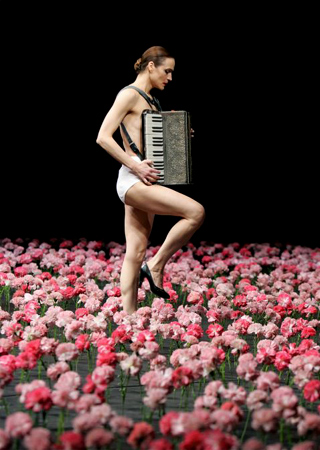


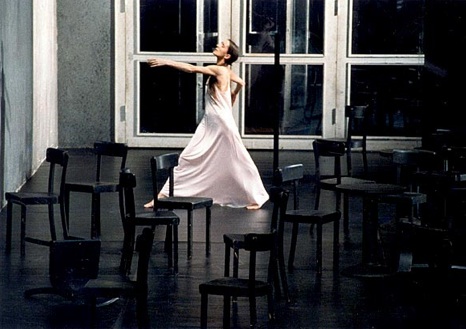
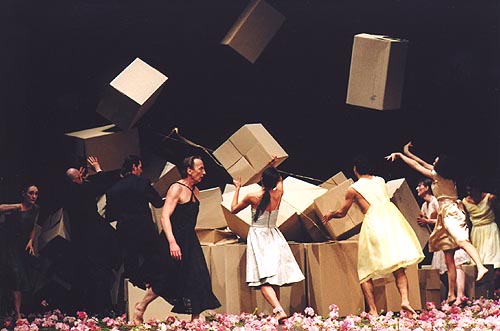
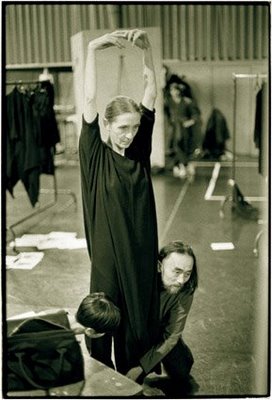
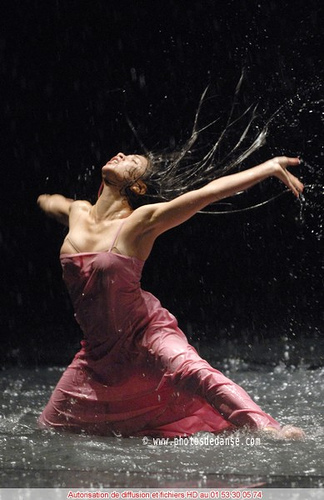
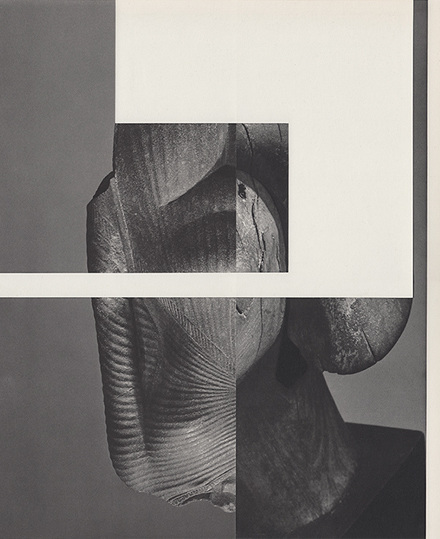
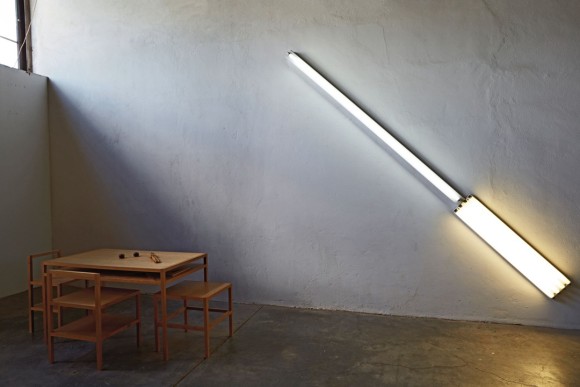
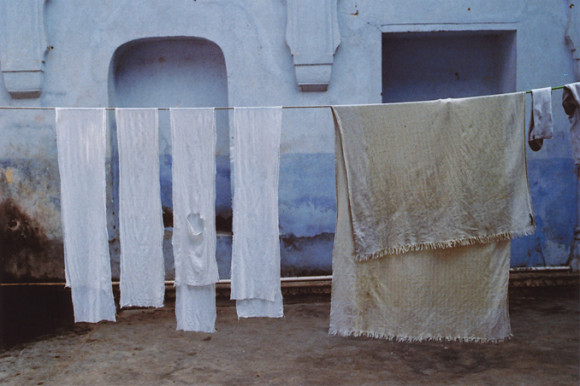

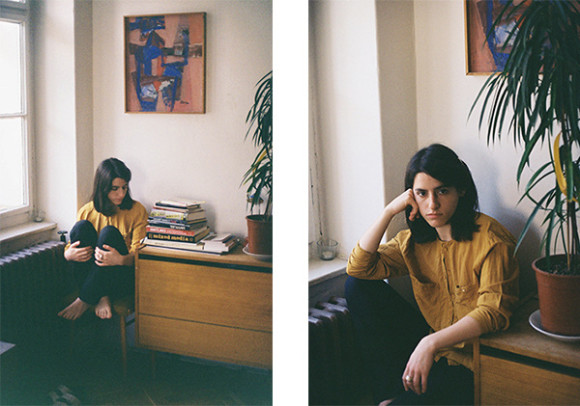
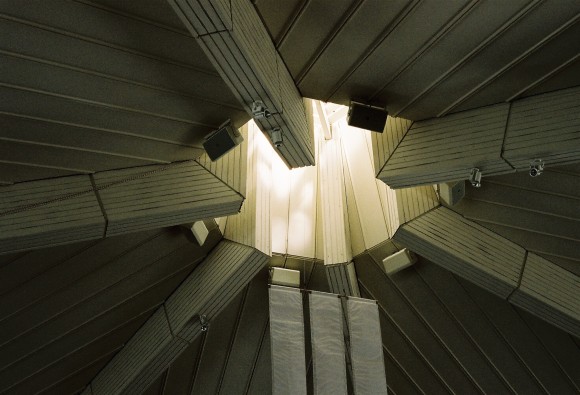

One thought on “Pina Bausch Tribute”
Comments are closed.